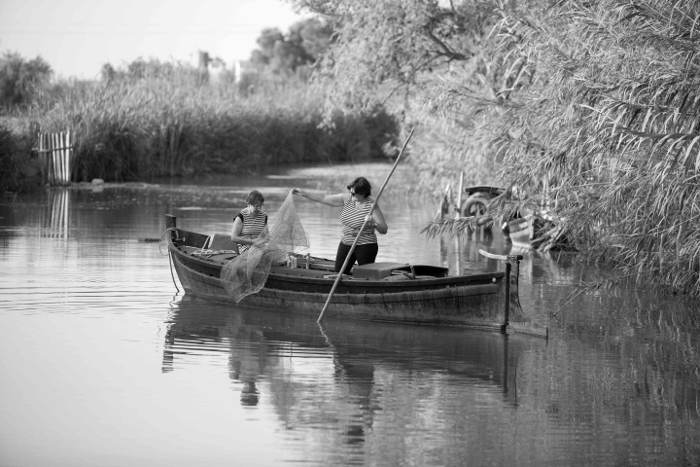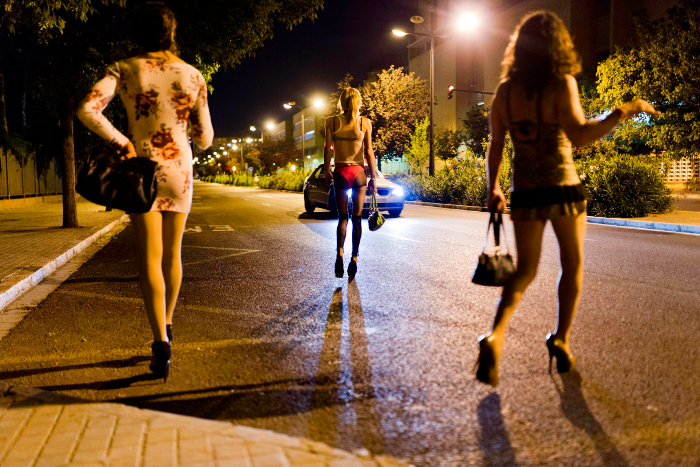
|
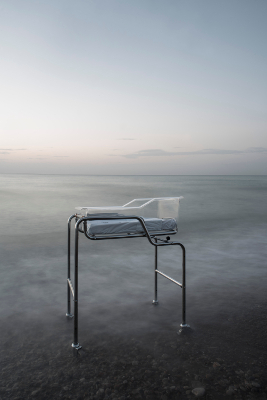
A city of women suggest thinking about cities as a political space from a genre perspective instead of the standardized reading and persistent exclusion of women from the public sphere highlighting the citizen status women have conquered throughout history.
There has been a long tradition, since the utopian city created by Christine de Pizan in the book The city of ladies, which has celebrated how women have contributed to the constitution of cities even being deprived from public spaces of decision and power and which have questioned the spatial separation built and understood as essential for urban structures.

As in the book, the exhibition collects different women and narration which links the stories of those who, through their paths, daily actions and participation have contributed to the development of political rights practice; thanks to their knowledge they have modified and rethought public space stating their territoriality and their own representation within the urban sphere.
An analysis of sexuality in the city sets inherent contradictions in the visibility/hiding tendencies in urban spaces. In this sense, Raque Abulaila’s work, Trespassing frontiers, reveals the complex reality of the transsexual and transvestite which stands over a double stigma. Due to this, it becomes necessary to remember the existence of diversity in life forms and the need of recognising their voice and their presence in public fields.

This contradiction is also set out in Provi Morillas’ work, The Solitude of Numbers, which talks metaphorically about the absence of women in the urban environment putting emphasis on the different discrimination issues in the public sphere.
In Amparo Simó’s series, Through the Mirror, we are shown the existence of segregated spaces which form the city, public bathrooms and are an example of the promotion of space divisions as fundamental in the socio-sexual contract.
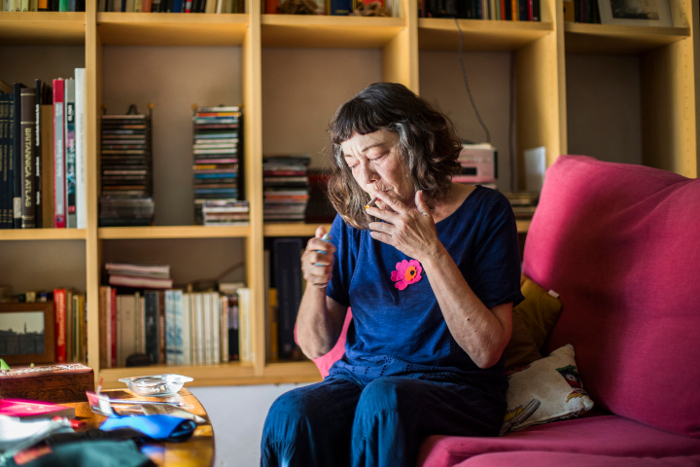
Many stories are converged in the city’s soil; such questions are tackled by Marga Ferrer in Rural Women: Heart, Lungs and Economy, where she deals with rural space and the different roles of its protagonists in an environment traditionally ruled by men.
The work by Consuelo Chambó, Her = Her, gives light to women’s common pathways in a way it delineates the diversity of women and which allows a subversion of stereotypical discourses of the public sphere.
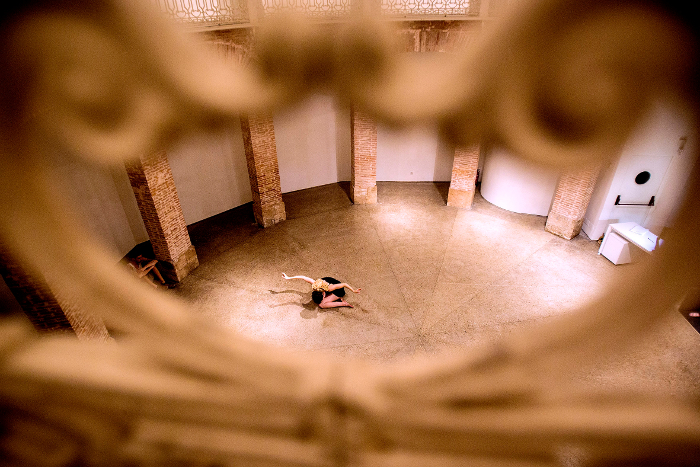
There are other spaces where women have had certain visibility; Eva Mañez’s audiovisual mapping, Cabanyaleras. The map of El Cabanyal Women’s Feelings, shows the feelings and livings of El Cabanyal women who have questioned problems in urban planning and deterioration in neighbourhoods which are degraded by urban speculation.
In this tradition of active citizenship, there are women artists who have been portrayed by Eva Ripoll, Pixel by Pixel have I re-built my heart, in which she affirms the presence of women in this field of creativity, a creativity traditionally deprived from women. Hence, this is a reflection of the conquer of women’s own space.
